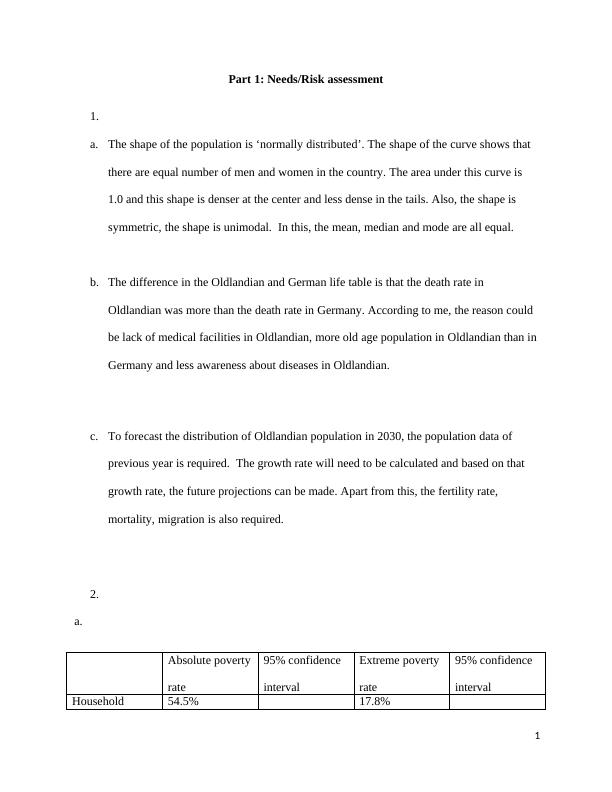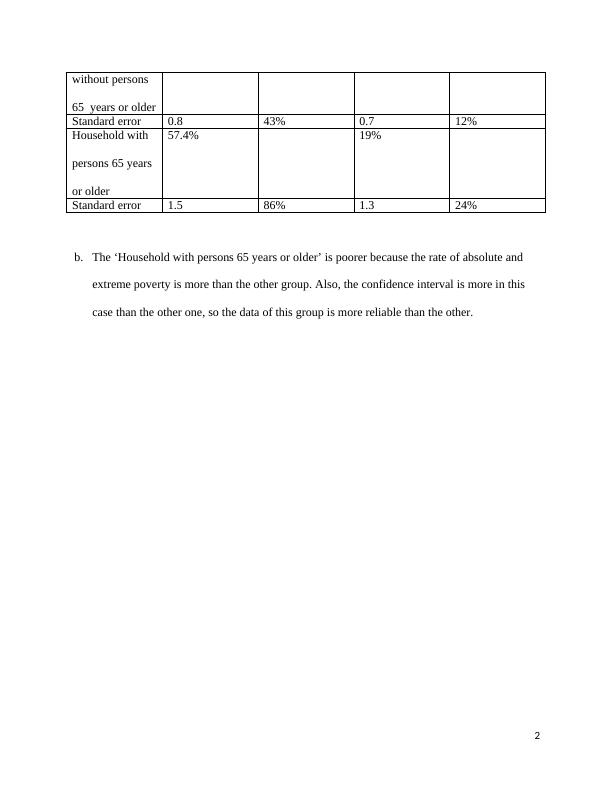Ask a question from expert
Case Study of Oldlandia
9 Pages1337 Words284 Views
Added on 2019-09-16
Case Study of Oldlandia
Added on 2019-09-16
BookmarkShareRelated Documents
End of preview
Want to access all the pages? Upload your documents or become a member.
Australian Institute of Health and Welfare docx
|5
|532
|19


